
OPTIMUS LEARNING SCHOOL
INQUIRY FORM

Creativity is a principal value that Optimus believes all students should develop. Our art program is dedicated to those students who have a passion for art and who are interested in developing their fine art skills. We teach art in an engaging and open environment where students are allowed to express their creativity.
Students will learn to build upon their creativity through an introduction through the fundamentals of art. As students progress, they will cultivate their techniques, such as shading, lighting, and color blending. Students will also explore different styles of art, such as Impressionism, Pop Art, and Cubism.
2 hours/week: $160/month
Tentative Schedule: Friday 3:30 - 5:30 pm
2 hours/week: $160/month
Tentative Schedule: Friday 3:30 - 5:30 pm
Drawing is a fundamental form of visual expression that helps children refine their fine motor skills and develop hand-eye coordination. Some popular children's drawing projects include:
1) Observational Drawings: Children can practice drawing objects or people they see in their surroundings, encouraging attention to detail and honing their observational skills.
2) Story Illustrations: Kids can create drawings that represent characters or scenes from their favorite stories or their own imaginative tales, promoting narrative skills and creativity.
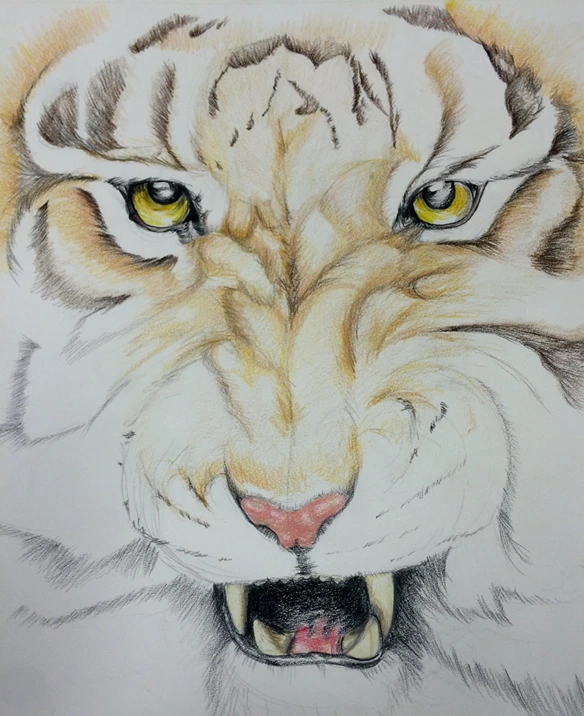
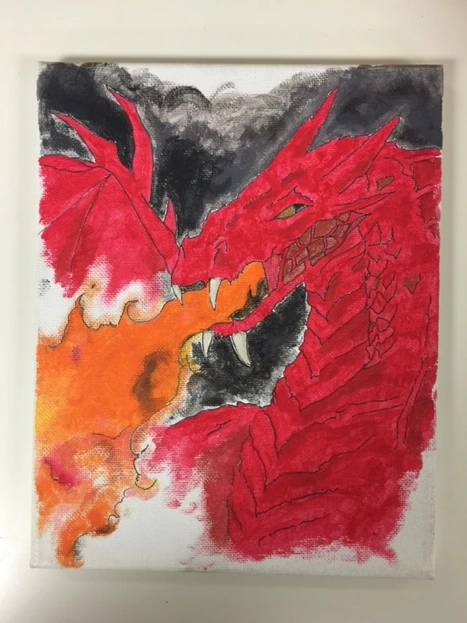
Painting enables children to experiment with colors, textures, and techniques, fostering their artistic expression and emotional exploration. Some notable children's painting projects include:
1) Abstract Art: Children can freely explore abstract painting, using bold strokes, shapes, and vibrant colors to express emotions and encourage experimentation.
2) Nature-inspired Art: Kids can paint landscapes, flowers, or animals, drawing inspiration from the natural world. This helps them appreciate nature while developing their observation and color-mixing skills.
Sculpture projects allow children to work in three dimensions, enhancing spatial awareness, problem-solving abilities, and tactile exploration. Here are a few children's sculpture projects:
1) Clay Creations: Children can shape and mold clay to create figurines, animals, or abstract sculptures, stimulating their imagination and strengthening their fine motor skills.
2) Recycled Art: Kids can transform everyday objects like bottle caps, cardboard, or plastic bottles into sculptures, encouraging environmental consciousness and creativity.
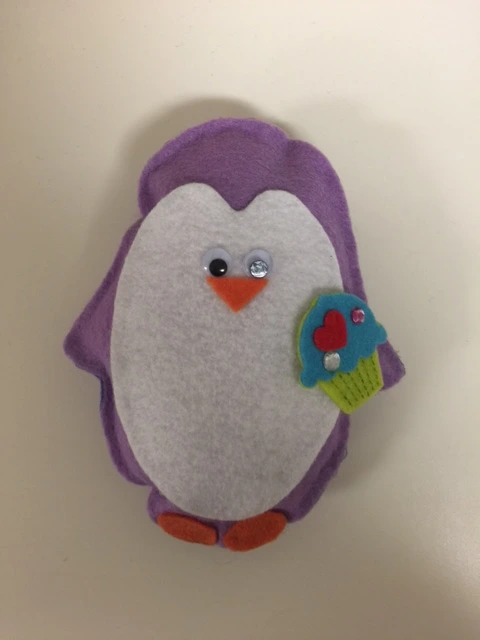
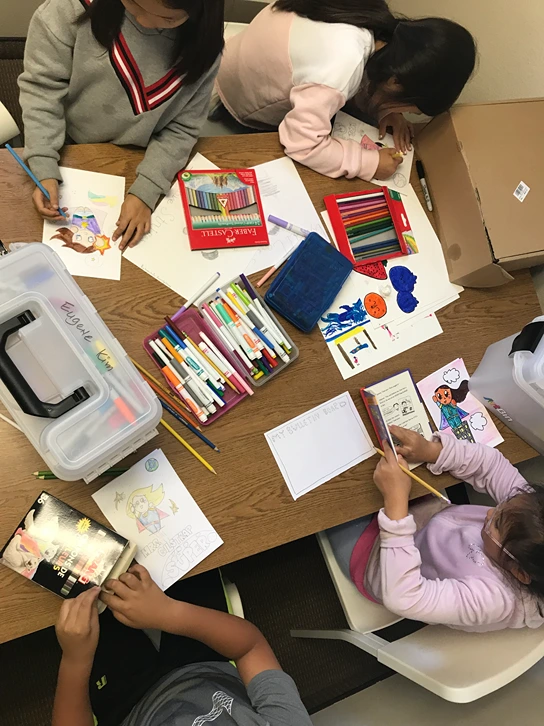
Graphic arts involve visual communication through the combination of images and text. Children can explore graphic arts through activities like collage-making, digital art, or even creating comic strips. Some notable children's graphic arts projects include:
Collage Art: Children can cut out pictures from magazines or use various materials to create collages, expressing ideas or themes through the arrangement of images and textures.
Decorative arts focus on embellishing everyday objects, merging creativity and functionality. Children can engage in projects like mask-making, fabric painting, or creating personalized decorations. A few examples of children's decorative arts projects are:
1) Paper Mosaic: Instead of using traditional materials, children can create mosaics using colorful paper.
2) Found Object Mosaic: Children can explore the concept of upcycling by using recycled materials like bottle caps, buttons, or shells to create mosaic designs.
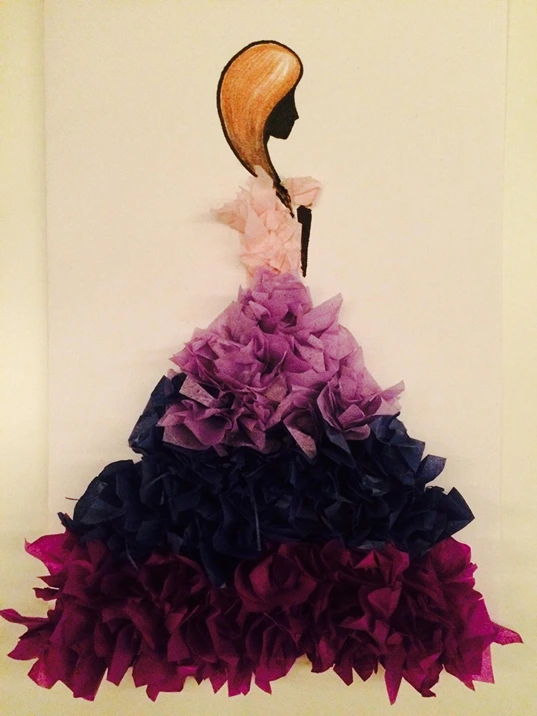

Drawing is a fundamental form of visual expression that helps children refine their fine motor skills and develop hand-eye coordination. It allows them to translate their thoughts and observations onto paper using various tools such as pencils, markers, or crayons. Some popular children's drawing projects include:
1) Observational Drawings: Children can practice drawing objects or people they see in their surroundings, encouraging attention to detail and honing their observational skills.
2) Story Illustrations: Kids can create drawings that represent characters or scenes from their favorite stories or their own imaginative tales, promoting narrative skills and creativity.

Painting enables children to experiment with colors, textures, and techniques, fostering their artistic expression and emotional exploration. Painting projects can be done with watercolors, tempera paints, or even finger paints. Some notable children's painting projects include:
1) Abstract Art: Children can freely explore abstract painting, using bold strokes, shapes, and vibrant colors to express emotions and encourage experimentation.
2) Nature-inspired Art: Kids can paint landscapes, flowers, or animals, drawing inspiration from the natural world. This helps them appreciate nature while developing their observation and color-mixing skills.

Sculpture projects allow children to work in three dimensions, enhancing spatial awareness, problem-solving abilities, and tactile exploration. Sculptures can be created using clay, playdough, recycled materials, or even natural objects. Here are a few children's sculpture projects:
1) Clay Creations: Children can shape and mold clay to create figurines, animals, or abstract sculptures, stimulating their imagination and strengthening their fine motor skills..
2) Recycled Art: Kids can transform everyday objects like bottle caps, cardboard, or plastic bottles into sculptures, encouraging environmental consciousness and creativity.

Graphic arts involve visual communication through the combination of images and text. Children can explore graphic arts through activities like collage-making, digital art, or even creating comic strips. Some notable children's graphic arts projects include:
Collage Art: Children can cut out pictures from magazines or use various materials to create collages, expressing ideas or themes through the arrangement of images and textures.

Decorative arts focus on embellishing everyday objects, merging creativity and functionality. Children can engage in projects like mask-making, fabric painting, or creating personalized decorations. A few examples of children's decorative arts projects are:
1) Paper Mosaic: Instead of using traditional materials, children can create mosaics using colorful paper. They can cut paper into small pieces and glue them onto a surface to form beautiful collages. This project encourages creativity, precision, and fine motor skills.
2) Found Object Mosaic: Children can explore the concept of upcycling by using recycled materials like bottle caps, buttons, or shells to create mosaic designs. They can arrange these objects on a surface and adhere them with glue. This project fosters environmental awareness, creativity, and resourcefulness.